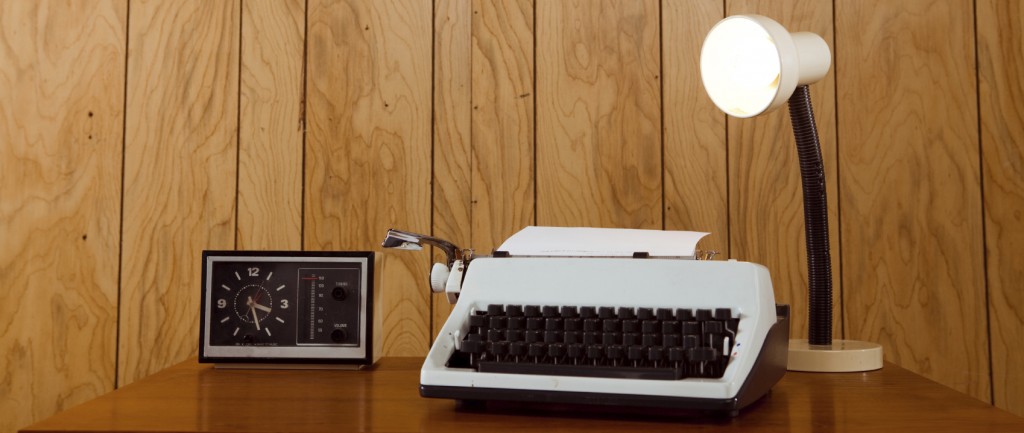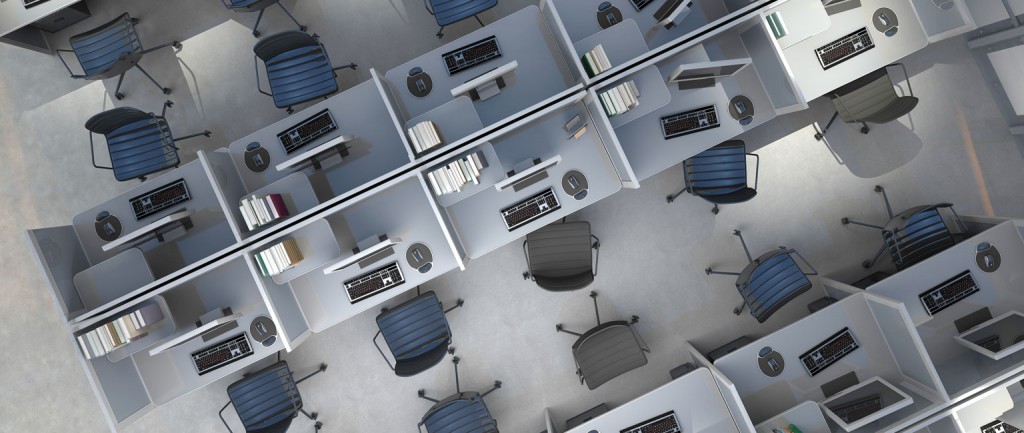What will the workspace of the future look like?

Workplaces and workspaces – where we spend most of our time outside our homes – are changing.
We chatted to Angela Ferguson, Managing Director of interior design and architectural studio Futurespace, about how the offices of the future are taking shape, and how they might impact the commercial real estate landscape.

Q. What makes a great workspace?
A great workspace is one that is an embodiment of the company’s identity, culture and value system.
The physical environment should have a ‘sense of place,’ after all it is where an organisation comes together to collaborate, communicate and connect.
A cookie cutter, ‘one size fits all’ approach to workplace design is becoming less and less acceptable as leading organisations recognise the value of a tailor made workplace.
A cookie cutter, ‘one size fits’ all approach to workplace design is becoming less and less acceptable.
It is critical that the workplace supports staff in their roles, encourages teams to collaborate and underpins the future goals and business drivers of an organisation.
Read more: Share space shaking up service office market
Q. How have office spaces changed in the last five years – and how are they still changing?
Office spaces over the last five years have become less formal and more geared towards providing a selection of spaces that teams and individuals can choose to work in.
This dismantling or ‘casualisation’ of the traditional office has occurred because many businesses now seek to understand the needs of their people, and provide accommodation that supports them.
Technology always has an impact on the physical design of a workplace, and as we are now able to effectively work anywhere at any time, there often needs to be a reason for staff to come to a physical place.
A sense of place is becoming key. This will continue as the traditional office is dismantled even further.
A sense of place is becoming key and this will continue as the traditional office is dismantled.
Q. Is there a pattern in your customers’ requests for designs?
Acoustics, choice, privacy, variety of formal and informal spaces for teams and individuals, integration of technology, aesthetics, organisational culture, access to the outdoors, natural light and sustainability are key issues for most clients.
Where futurespace adds value is to work collaboratively with clients to determine specifically how these requirements can be addressed to suit a particular business.
Read more: 6 tips for decorating the perfect office space
Q. What do you think the impact might be on the commercial property market?
Perhaps one of the biggest issues for the commercial property market is the way leases are currently structured.
Clients are effectively locked in to a certain amount of space for a fixed period of time which inhibits true agility in terms of growth, structure and innovation.
As far as I’m aware, the property sector has not yet been able to produce a solution to customer’s needs for agility via flexible leasing terms.
Read more: How to choose the right commercial property
Q. For people interested in the commercial property market, what trends in this area should they pay attention to?
Big cities in Australia have huge untapped potential for diversity. As an example, there are vast areas of the Melbourne and Sydney that are vacant for various reasons.
When building owners, developers and planning authorities start to look at demographic, topography, quality, environmental and transportation issues we will start to see these locations become their own self sufficient hubs, capable of sustaining their inhabitants in a way we’ve never seen before.

Read more: 6 trends in commercial property








